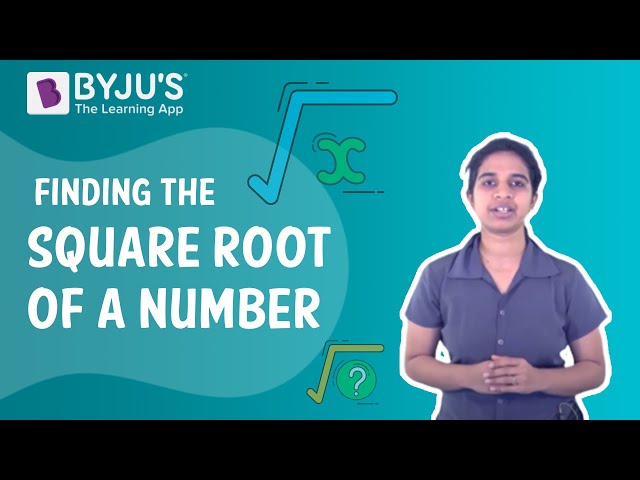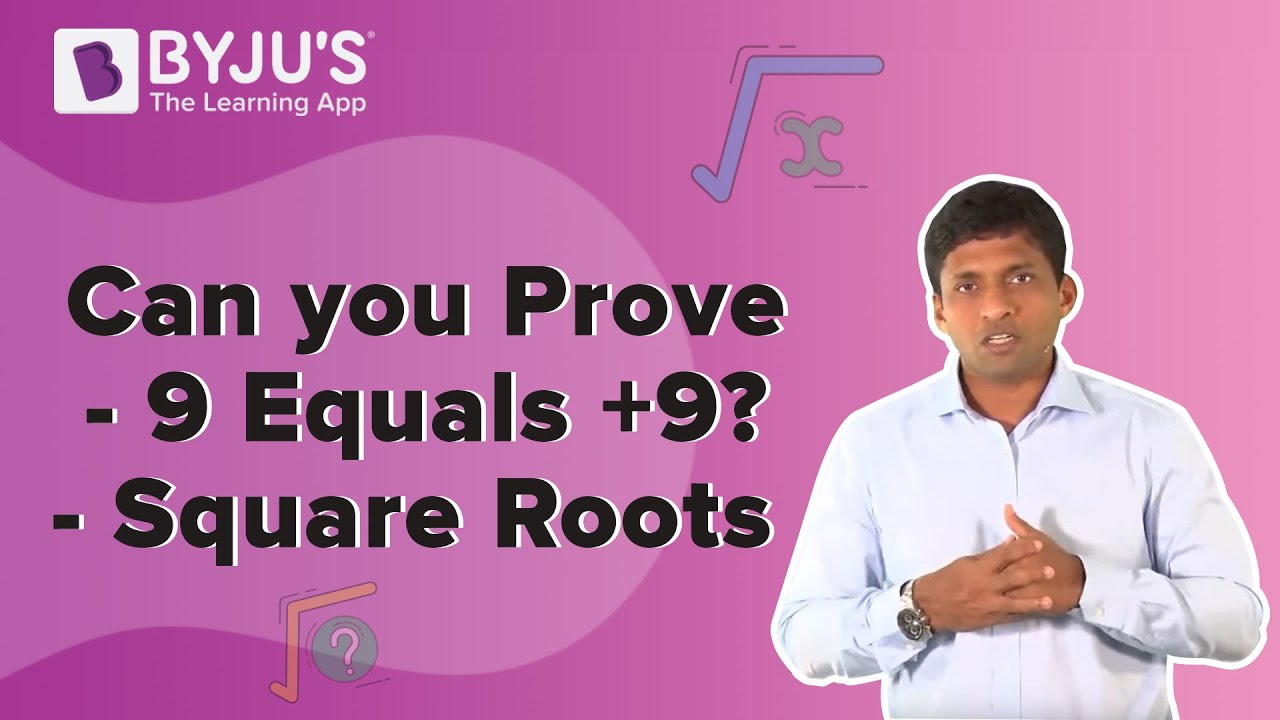Square roots and cube roots questions with solutions are provided here for practice. Practising these questions will develop a deeper understanding of square and cube roots.
The square root of a number means the given number is raised to the power ½, and it is denoted by the symbol ’√’ called the radical sign. For example, 52 = 25, then √25 = 251/2 = 5.
Similarly, the cube root of a number means the given number is raised to the power ⅓ and is denoted by the symbol ‘∛‘. For example, 43 = 64, then ∛64 = 4.
Learn more about how to find the square root and cube root of a number.
Video Lessons on Square Roots and Cube Roots


Practice Square Root and Cube Root Questions
Now let us practice finding square roots and cube roots of a given number by solving these questions.
Question 1:
Find the square root of 1444 by the prime factorisation method.
Solution:
Prime factorisation of 1444 = 2 × 2 × 19 × 19
Now making pairs of two
√1444 = √(2 × 2 × 19 × 19) = 2 × 19 = 38
∴ √1444 = 38.
Also, check: Trick to quickly find the square root of any square number.
Question 2:
Find the cube root of 21952 by the prime factorisation method.
Solution:
Prime factorisation of 21952 = 2 × 2 × 2 × 2 × 2 × 2 × 7 × 7 × 7
Now making pairs of three
∛21952 = ∛(2 × 2 × 2 × 2 × 2 × 2 × 7 × 7 × 7) = 2 × 2 × 7 = 28
∴ ∛21952 = 28.
Question 3:
Find the value of
Solution:
Given,
√1.2996 = 1.14
7√1.2996 = 7.98
= 4.467 (approx).
Question 4:
Find the value of x, if
Solution:
Given,
Squaring both sides, we get,
Cubing both sides, we get,
x × 0.000001 = 0.000064
⇒ x/1000000 = 64/1000000
⇒ x = 64.
Question 5:
Check whether 1512 is a perfect cube or not. Also, find the smallest number which must be multiplied by it to make the given number a perfect cube number and find the cube root as well.
Solution:
Prime factorisation of 1512 = 2 × 2 × 2 × 3 × 3 × 3 × 7
Thus, 7 × 7 = 49 must be multiplied by 1512, 1512 × 49 = 74088 is a perfect cube number.
∛74088 = ∛(2 × 2 × 2 × 3 × 3 × 3 × 7 × 7 × 7) = 2 × 3 × 7 = 42.
Question 6:
Find the smallest number that must be subtracted from 130 to make it a perfect cube number. Also, find the cube root of the number.
Solution:
Now 53 = 125 < 130
Thus, if we subtract 5 from 130 we get a perfect cube number, that is 125
∛125 = 5.
|
Shortcut method to find cube root: Step 1: Look at the unit digit of the given number.
Step 2: Strike out the last three digits of the number.
|
Question 7:
Find the cube root of 42875 by shortcut method.
Solution:
Step I: Looking at the unit digit of 42875, since it is 5 the cube root will also have 5 in its unit’s place.
Step II: Strike out last three digits
42875
Now, 42 > 33
∴ ∛42875 = 35.
Question 8:
There is a certain number of rows of chairs in a room. The number of chairs in each row is thrice the total number of rows. Find the number of chairs in each row and the number of rows in the room if the total number of chairs is 2187.
Solution:
Let there be x rows of chairs in that room.
Number of chairs in each row = 3x
Total number of chairs = 2187
⇒ x × 3= 2187
⇒ x2 = 2187/3 = 729
⇒ x = √729 = 27
∴ there are 27 rows and 81 chairs in each row.
Also, check
Question 9:
Find the value of a and b such that ab = 512 where a > b and 1 < b < 4. Also, find the value of a1/b.
Solution:
Now, as 512 has 2 in its unit place, then it cannot be a square of any number.
But, we see that 83 = 512,
∴ a = 8 and b = 3
Now, 81/3 = ∛8 = 2.
Question 10:
Find the diameter of the sphere whose volume is 117128/21 m3.
Solution:
Let r be the radius of the sphere.
Volume of the sphere = 4/3 (𝜋r3)
⇒ 4/3 (𝜋r3) = 117128/21
⇒ r3 = 1331 ⇒ r = 11
∴ the diameter of the sphere = 2 × 11 = 22 m.
Also Check:
Also Watch:

Related Articles |
|
Practice Questions on Square Roots and Cube Roots
1. Find the following by prime factorisation method:
(i) √3025 (ii) √1764 (iii) 2916
(iv) ∛19683 (v) ∛13824 (vi) ∛110592
2. Check whether 10125 is a perfect cube or not, also find the smallest number which must be multiplied by it to make the given number a perfect cube number and find the cube root as well.
3. Find the cube root of 103823 by shortcut method.
4. Find the value of ∛288 × ∛432 × ∛648.
Keep visiting BYJU’S to get more such Maths lessons in a simple, concise and easy to understanding way. Also, register at BYJU’S – The Learning App to get complete assistance for Maths preparation with video lessons, notes, tips and other study materials.